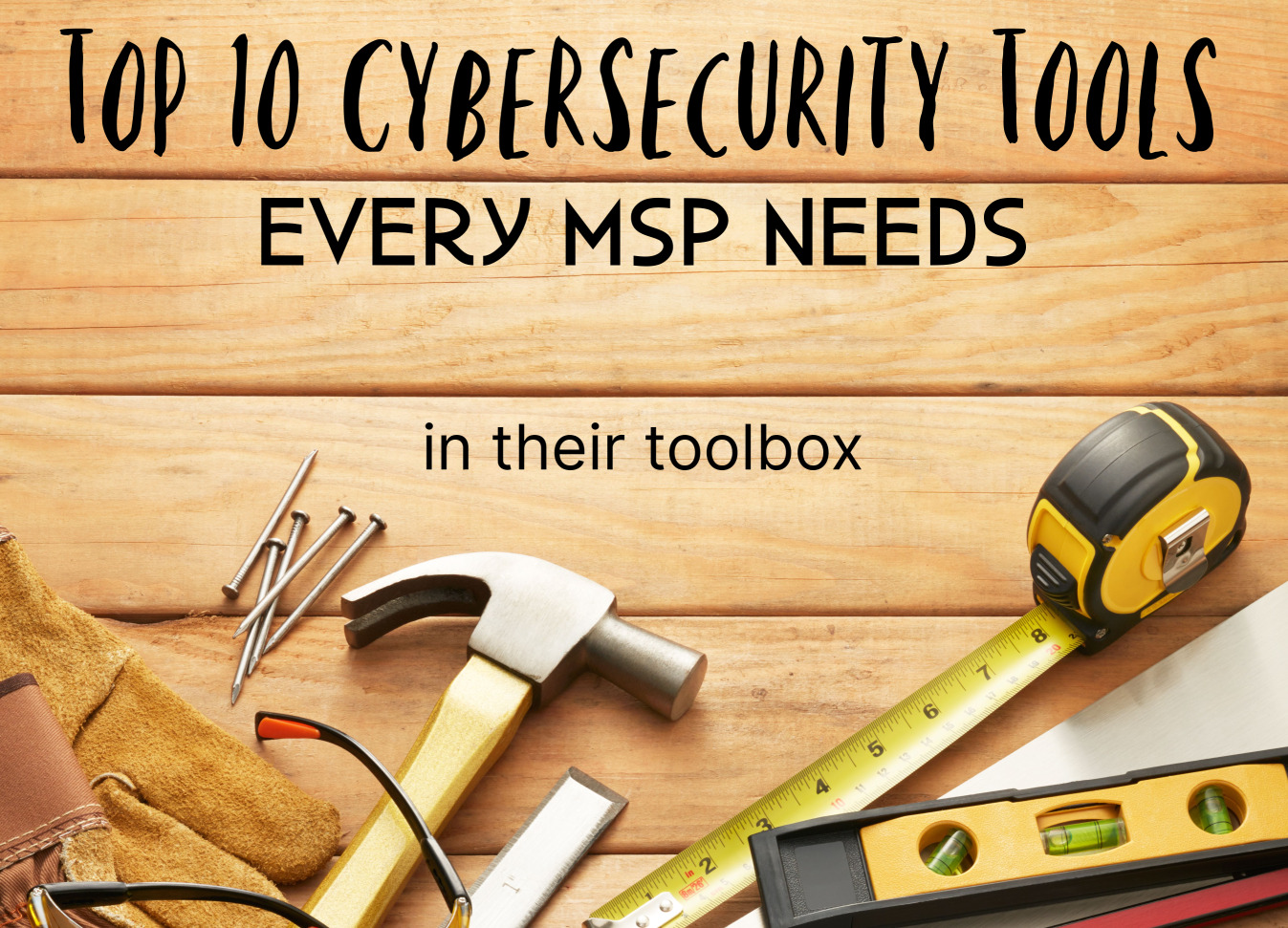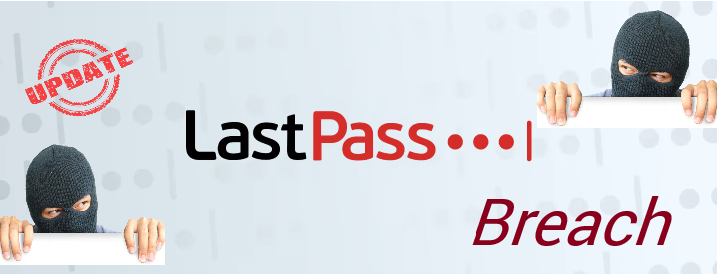The top 10 tools every MSP needs in their toolbox.
This article dives into the top 10 tools every MSP needs in their toolbox. Without these tools you could leave your company or your customers vulnerable to compromise. Address these items in your technology stack to create a strong and in-depth cybersecurity plan. It is important to note that even with these tools, not all risks may be completely eliminated. However, incorporating each of these tools into your cybersecurity plan is essential.
management tools:
- Awareness training: Hacker threats continue to evolve in both sophistication and the damage they cause. Ransomware doesn’t just encrypt your files anymore because hackers know they can be restored with versioned backups. Instead, ransomware siphons your data and releases it online creating major cyber security nightmares for everyone involved.
- Governance policies and processes: Every company needs to control employees with policies and processes that guide their behavior when technology cannot. You need a password policy and an information handling policy. You also need a vulnerability notification process and a cybersecurity incident handling process. These policies and processes guide you through the step-by-step, repeatable handling of potential incidents.
- Interactive fish test exercises: Traditional attack-based phishing tests are difficult to perform and lead to poor results and experiences for your end users. They are not designed to help your employees learn. However, new interactive phish test exercises can provide you with more positive educational results. They also give you strong metrics to report to your Board of Advisors and CFO/CEO. They track 100% compliance which proves that everyone in your company has completed the exercise. Finally, they do it without you having to spend hours configuring registration approval, X- Headers or PowerShell scripts.
- Phish testing by attack: It’s important to test users with phishing test scenarios based on a real-world attack. This sanity check ensures that your employees apply the knowledge they’ve gained in Fish training videos or interactive exercises.
Technical tools:
- Antivirus and endpoint detection and response: Next-generation endpoint protection tools are a key component of cyber security. Real-time monitoring helps you quickly identify when hackers are threatening to bypass your technical controls. SOC monitoring and rapid incident response can help mitigate a breach before it has a chance to take over.
- Version backups: Backing up critical data requires you to know where it is and why it’s important. This is related to your administration policy (data handling policy). These dictate protections for your most sensitive and critical data, including backing it up. Make sure your cloud providers do versioned backups to protect against ransomware encryption incidents.
- password manager: Cybersecurity experts tell us that 90% or more of breaches involve human error. 63% of them can be related to poor password hygiene with your employees. The only way to address this risk is by adopting a password manager. However, please make sure you choose a solution that has been subject to multiple third-party external audits and penetration tests, as described in this article.
- DNS protection against zero days, content filtering and malicious sites: Users will click on any interesting link that lands in front of them. DNS or domain name services are how users get to a website of interest to them. DNS protections from vendors like Cisco (Umbrella) and Webroot (built into their AV product) can help. They prevent users from visiting compromised or malicious sites when a DNS request arrives for non-restricted sites. This in-depth protection also provides content filtering that prevents users from accidentally visiting inappropriate sites.
- Automatic repair management: Automated tools called remote monitoring and management (RMM) are critical to automated patch deployment. This tool in the toolbox is critical to effective patch management. These tools give you a quick response to critical vulnerabilities that could put your network at risk. The ability to act quickly and automatically, across damaged systems, by repair is like the seat belt in a car before an accident. It should be there before you know you need it.
Trusted partner:
- vCISO: The sole role of a Virtual Chief Information Security Officer is to oversee the development of your in-depth cybersecurity program. vCISOs help you focus your limited time and budget on the most pressing gaps in your security plan. Hiring a full-time CISO is beyond the budget of most mid-market companies and MSPs. This is compounded by a national shortage of qualified cybersecurity professionals. As a result, a part-time or virtual part-time CISO is the answer for you. vCISO helps you build your cybersecurity plan. You get guidance from a seasoned professional who has experience designing strong cyber security programs for companies like yours.









